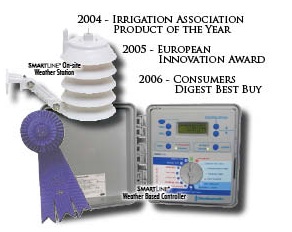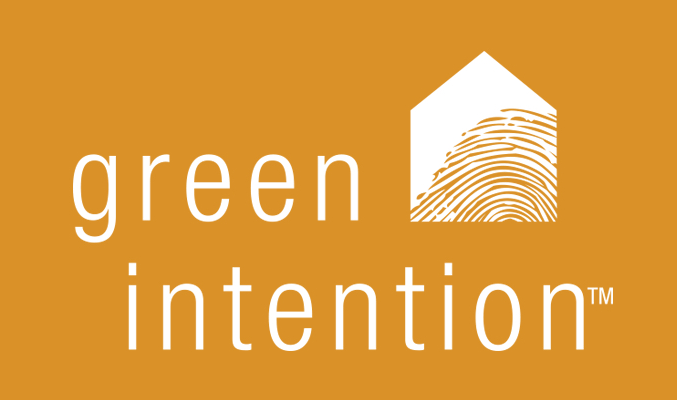 Like the Water Reuse section, the idea is to reduce the demand for water — but in this credit, through an irrigation system. My first question was: what if people do not have an irrigation system? Many people do not! No points, unless you account for a landscape design that reduces overall irrigation demand through specific plantings and shading (but that would be under Sustainable Sites).
Like the Water Reuse section, the idea is to reduce the demand for water — but in this credit, through an irrigation system. My first question was: what if people do not have an irrigation system? Many people do not! No points, unless you account for a landscape design that reduces overall irrigation demand through specific plantings and shading (but that would be under Sustainable Sites).
My next question, which pertains more directly to our house, is: what if we installed a well for irrigation? Not very common in the city, I would think we would be rewarded with a plethora of points for that. Not so. The LEED Rating System does not care that we spent a lot more money to utilize the ground water (remember, we are on a wet wet wet lot) to water our ground. Nor are we very happy with the result — the iron in the water, even when treated with Rid-O-Rust, is making parts of our house and patio pavers turn orange. The only redeeming quality is that it lowers our water bill, and I do feel good about it.
This credit provides one point each, up to a maximum of 3 points, by meeting any of the following:
a. Install an irrigation system designed by an EPA WaterSense certified professional.
b. Design and install an irrigation system with head-to-head coverage. (√)
c. Install a central shut-off valve.
d. Install a submeter for the irrigation system. (√)
e. Use drip irrigation for at least 50% of landscape planting beds to minimize evaporation.
f. Create separate zones for each type of bedding area based on watering needs. (√)
g. Install a timer or controller that activates the valves for each watering zone at the best time of day to minimize evaporative losses while maintaining healthy lants and obeying local regulations and water use guidance. (√)
h. Install pressure-regulating devices to maintain optimal pressure and prevent misting. (√)
i. Utilize high-efficiency nozzles with an average distribution uniformity of at least 0.70. (√)
j. Check valves in heads. (√)
k. Install a moisture sensor controller or rain delay controller. (√)
We are able to meet eight of the requirements because we purchased a Smartline by Weathermatic controller system. That, as well as having a well-designed system, gives us the full 3 points. In addition, there is an “exemplary performance” allowance if additional measures are met — 1/2 point each, up to a maximum of 2 points. (So 7 requirements would need to be met, in total, to get the maximum points of 5). We have to submit a written Innovative Design Request under ID 3.1, and we cannot count the points until LEED for Homes has ruled on the request. So, I will not count the additional two points now, but will tag them on in the end.
The Smartline irrigation controller we purchased did cost more. On the company’s website, it shows the payback for the system based on how much water is saved (it usually pays for itself in less than one year). But since we are not paying for any of our irrigation water because it comes from a well, we do not even get the financial benefit. Doh! We wanted the controller anyway, though–not for the LEED points we would get–because it just makes sense. It takes the guesswork out of setting up a watering schedule, and maintains moisture in the lawn appropriately. We think the controller was totally worth it.
This credit has also fulfilled the minimum needed (3) for the entire category of Water Efficiency.
Water Efficiency points so far: 3
Cumulative points: 29
Additional points needed to get to Gold: 59

This section is eligible for exemplary performance: “Projects that implement irrigation measures beyond the maxiumum 3 points in this credit can 1/2 point for each measure, up to 2 additional points total.” Since we met 8 of the requirements, and only took 3 points in the actual credit, we earn an additional 2 points under the Exemplary Performance category.